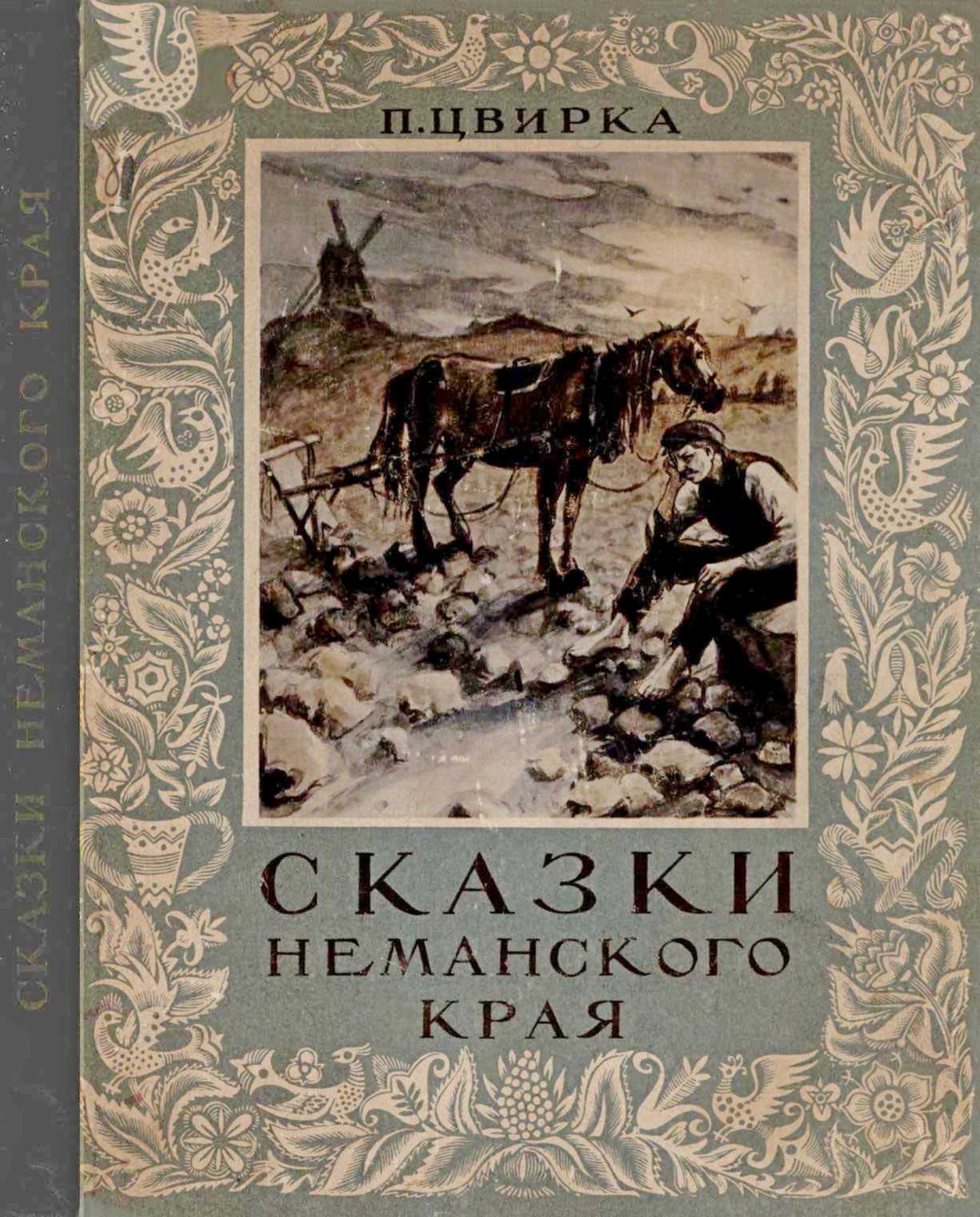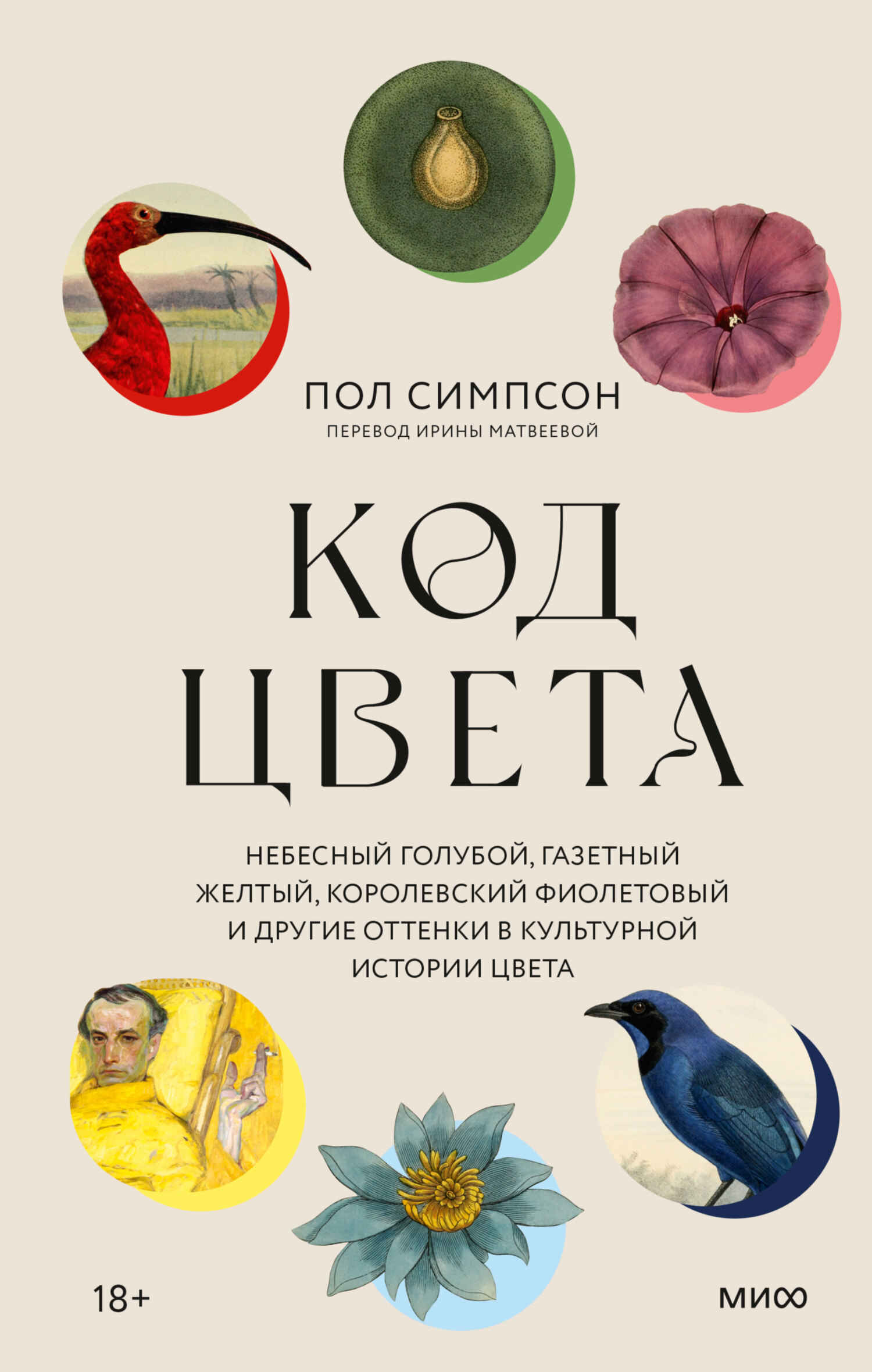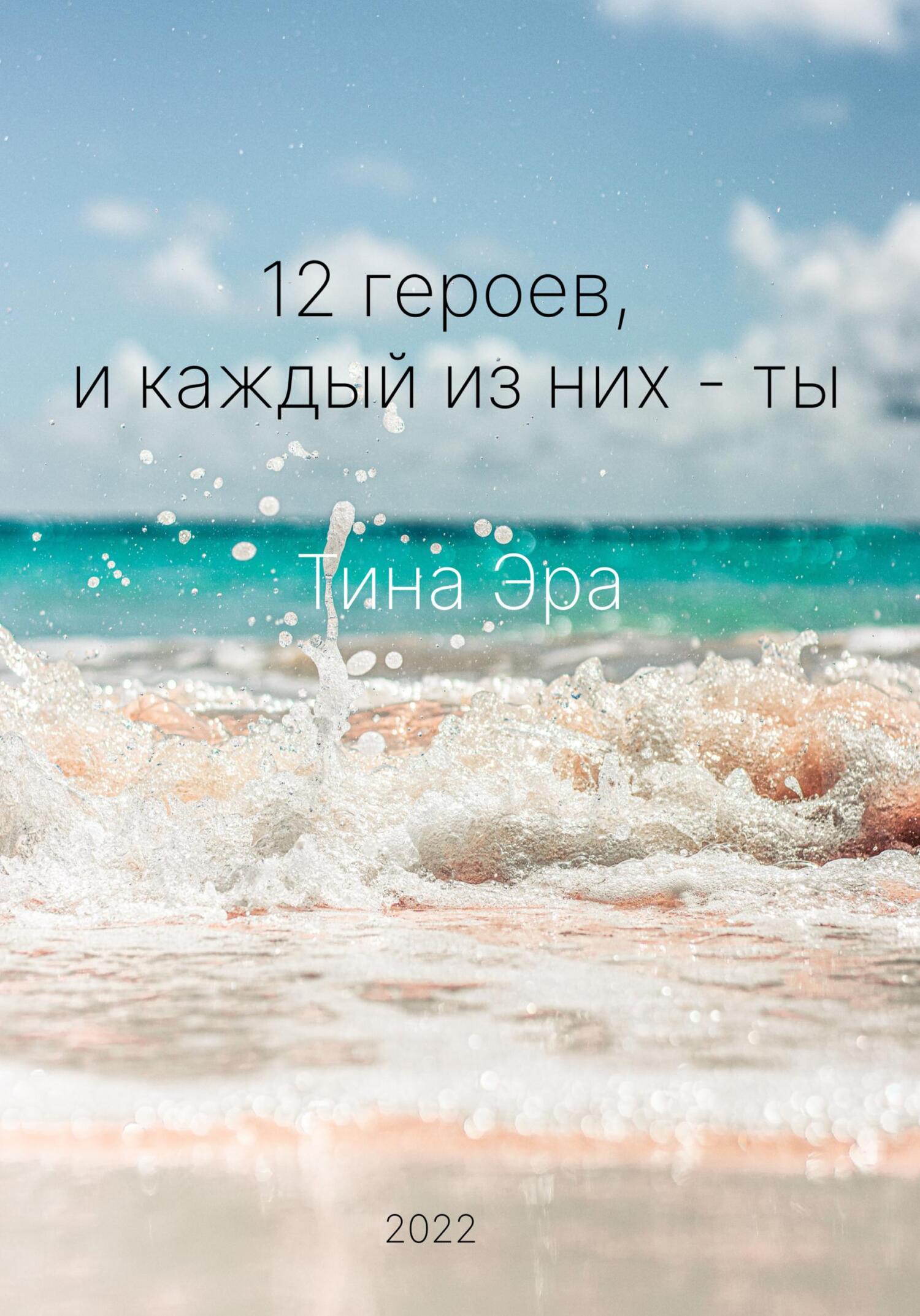decreased susceptibility to triclosan. Journal of Anti-microbial Chemotherapy 72: 2755–2763.
Weber A & Schwarzkopf A (2003). Heimtierhaltung — Chancen und Risiken für die Gesundheit. Gesundheitsberichterstattung des Bundes, Heft 19. Robert Koch-Institut in Zusammenarbeit mit dem Statistischen Bundesamt (Hrsg.), Berlin.
Weber DJ, Rutala WA & Sickbert-Bennett EE (2007) Outbreaks associated with contaminated antiseptics and disinfectants. Antimicrobial Agents and Chemotherapy 51:4217–4224.
Wood M, Gibbons SM, Lax S, Eshoo-Anton TW, Owens SM, Kennedy S, Gilbert JA & Hampton-Marcell JT (2015) Athletic equipment microbiota are shaped by interactions with human skin. Microbiome 3: 25.
4. Доктор Бацилла и мистер Микроб
Bockmühl DP (2017) Laundry hygiene-how to get more than clean. Journal of Applied Microbiology 122: 1124–1133.
Burton M, Cobb E, Donachie P, Judah G, Curtis V & Schmidt W-P (2011) The effect of handwashing with water or soap on bacterial contamination of hands. International Journal of Environmental Research and Public Health 8:97-104.
Callewaert C, Lambert J & van de Wiele T (2017) Towards a bacterial treatment for armpit malodour. Experimental Dermatology 26: 388–391.
Callewaert C, Maeseneire E de, Kerckhof F-M, Verliefde A, van de Wiele T & Boon N (2014) Microbial odor profile of polyester and cotton clothes after a fitness session. Applied and Environmental Microbiology 80: 6611–6619.
Callewaert C, van Nevel S, Kerckhof F-M, Granitsiotis MS & Boon N (2015) Bacterial exchange in household washing machines. Frontiers in Microbiology 6: 1381.
Cano RJ & Borucki MK (1995) Revival and identification of bacterial spores in 25-to 40-million-year-old Dominican amber. Science 268: 1060-1064.
Dréno В, Pécastaings S, Corvee S, Veraldi S, Khammari A & Roques С (2018) Cutibacterium acnes (Propionibacterium acnes) and acne vulgaris: a brief look at the latest updates. Journal of the European Academy of Dermatology and Venereology 32: 5-14.
Egert M & Simmering R (2016) The microbiota of the human skin. Advances in Experimental Medicine and Biology 902: 61–81.
Fierer N, Hamady M, Lauber CL & Knight R (2008) The influence of sex, handedness, and washing on the diversity of hand surface bacteria. Proceedings of the National Academy of Sciences USA 105:17994-17999.
Fredrich E, Barzantny H, Brune I & Tauch A (2013) Daily battle against body odor: towards the activity of the axillary microbiota. Trends in Microbiology 21: 305–312.
Jonsson KI, Rabbow E, Schill RO, Harms-Ringdahl M & Rettberg P (2008) Tardigrades survive exposure to space in low Earth orbit. Current Biology 18: R729-R731.
Kubota H, Mitani A, Niwano Y, Takeuchi K, Tanaka A, Yamaguchi N, Kawamura Y & Hitomi J (2012) Moraxella species are primarily responsible for generating malodor in laundry. Applied and Environmental Micro-biology 78: 3317–3324.
Lang JM, Coil DA, Neches RY, Brown WE, Cavalier D, Severance M, Hampton-Marcell JT, Gilbert JA & Eisen JA (2017) A microbial survey of the International Space Station (ISS). PeerJ 5: e4029.
Martin A, Saathoff M, Kuhn F, Max H, Terstegen L & Natsch A (2010) A functional ABCC11 allele is essential in the biochemical formation of human axillary odor. Journal of Investigative Dermatology 130: 529–540.
Natsch A (2015) What makes us smell: The biochemistry of body odour and the design of new deodorant ingredients. CHIMIA International Journal for Chemistry 69: 414–420.
Natsch A, Gfeller H, Gygax P & Schmid J (2005) Isolation of a bacterial enzyme releasing axillary malodor and its use as a screening target for novel deodorant formulations. International Journal of Cosmetic Science 27:115–122.
Peterson SN, Snesrud E, Liu J, Ong AC, Kilian M, Schork NJ & Bretz W (2013) The dental plaque microbiome in health and disease. PLOS ONE 8: e58487.
Probst AJ, Auerbach AK & Moissl-Eichinger С (2013) Archaea on human skin. PLOS ONE 8: e65388.
Raynaud X & Nunan N (2014) Spatial Ecology of bacteria at the microscale in soil. PLOS ONE 9: e87217.
Stapleton K, Hill K, Day K, Perry JD & Dean JR (2013) The potential impact of washing machines on laundry malodour generation. Letters in Applied Microbiology 56: 299–306.
Turroni S, Rampelli S & Biagi E et al. (2017) Temporal dynamics of the gut microbiota in people sharing a confined environment, a 520-day ground-based space simulation, MARS500. Microbiome 5: 39.
Wilson JW, Ott CM & Bentrup KH et al. (2007) Space flight alters bacterial gene expression and virulence and reveals a role for global regulator Hfq. Proceedings of the National Academy of Sciences USA 104:16299-16304.
Содержание
Пролог … 8
Микроб или не микроб … 12
Самый первый микроб — трудоголик, которому мы всем обязаны … 12
Вместе они сила: почему микроб хороший семьянин … 24
Человеческий микробиом: друзья на всю жизнь … 34
Секс и микроб: история большой близости … 46
Самые разыскиваемые преступники мира микробов (которые могут встретиться и дома) … 55
Микроб редко приходит один … 73
Гипотеза гигиены, или Почему нам пора сдаться … 73
Губка для посуды — самый большой отель для микробов в мире … 87
Гигиена на кухне: где обитают свирепые микробы … 105
Запретная зона: почему туалет не привлекает микробов … 119
Вы никогда не разговариваете сами с собой? Микробы на смартфоне и на очках … 131
Они прямо в нас … 140
О черт! Почему микробы тоже ходят в церковь … 140
Естественное сопротивление: когда микробы становятся резистентными … 151
Микроб отправляется в поход … 162
Микробы в зале, или Спорт калечит? … 173
«Папа, это черви?!» О детях, домашних животных и паразитах … 182
Доктор Бацилла и мистер Микроб … 194
Кратко об истинных бедствиях человечества — поте, запахе изо рта и прыщах … 194
Положа руку на сердце: как часто вы моете руки? … 208
Тревога в стиральной машине: как микробы туда попадают? … 214
Микробы в раю: об опасностях в дальних краях … 224
Звездные бестии: они покинут Землю вместе с нами … 237
Эпилог … 247
Список литературы … 250
Примечания
1
Метт — сырая рубленая свинина со специями. — Примеч. пер.
2
Наш микробиом путешествует с нами, куда бы мы ни отправились (англ.) — Примеч. пер.
























